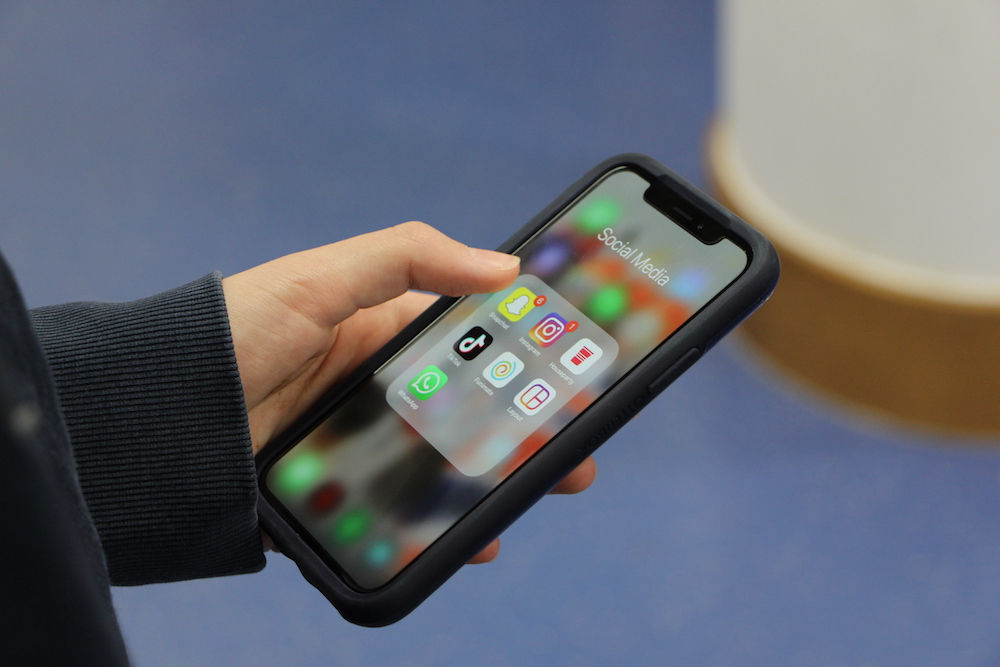
Lately many adults have become worried about the amount of time wasted on screens and in particular social media.
Within the ASL middle school, through a survey taken by over 100 people (about a quarter of the middle school), 80 percent of them had at least one type of social media, with the most popular being iMessage, then Snapchat, WhatsApp and Instagram, followed by Houseparty, and Twitter.
Director of Student Life Mr. Payson Bullard said he uses Facebook, iMessage and Twitter. He believes that in the middle school community, the impacts on students are heavily negative overall as it “changes the way a child interacts with their peers, the face to face reactions and conversations and the ability to emphasize people who are their friends or different from them in a negative.”
Mr. Bullard thinks that it affects the school day as well, where students can’t have a normal school experience and then go home and be with their family and not be worried by how their social media or interactions with friends are doing.
Mr. Bullard believes that for social media to have a less negative impact on student’s lives, parents should be involved (as some already are), with monitoring their children’s accounts to make sure everything is okay.
Within the middle school student community, many people have varying views on the impact social media has on the community. Eighth-grader Chloe Dubin uses both Instagram and Snapchat and feels that social media can have both positive and negative impacts.
“I think social media has a big impact because people are always talking about what they did, but not in person but over their Instagram / Snapchat story, or through Houseparty.” said Dubin.
Dubin explained that for those who don’t have social media, it’s easy to have FOMO (fear of missing out), when you see something happening on these apps when you weren’t there, which can cause stress and unhappiness.
Seventh grader Antonia Pavoncelli uses Instagram, Messages and Snapchat. She explained that being on social media can be negative because “it puts a lot of pressure on people sometimes, whether it’s watching everyone’s story or feeling like you need to post something just because everyone is doing it.”
Pavoncelli and Dubin agree on the upsides of social media, recognising the positive things that social media can do for anyone and for them personally. It helped them stay in touch with friends across the globe. “It keeps people communicating with each other when they can’t see each other as often,” Dubin said.
Eighth grade social studies teacher Ms. Penny Giehl uses Facebook, Messages and Twitter. Ms. Giehl believes that social media is used by many kids in a good way. For example, if someone moves, they can stay in touch with friends.
Ms. Giehl also acknowledges that social media wastes a lot of time, and it can also be used negatively, to “hurt people’s feelings, name call, or perpetuate arguments and fights.”
However, she also states that it is not always used negatively, although generally speaking when parents are more involved in their child’s social media, it is used in a more positive way. Currently, she would put it in a neutral category as while it can be used in a positive or negative way, it is a growing advancement in modern-day technology that is becoming used more and more across the globe on a day to day basis.
